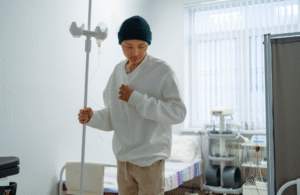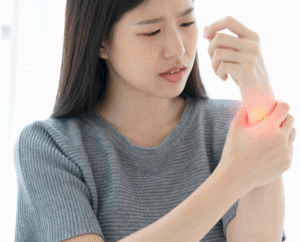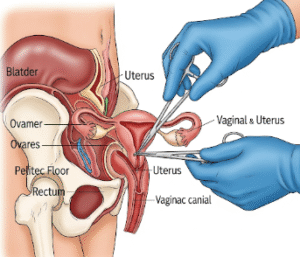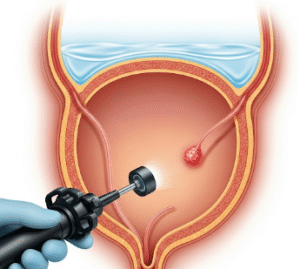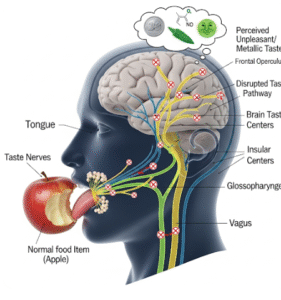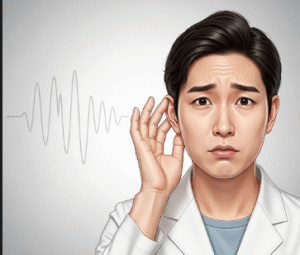Overview
A milk bleb is a small, white, raised spot that appears on the nipple, typically during breastfeeding. It is caused by a blocked milk duct or accumulation of milk under the skin, resulting in a tiny blister. Although usually harmless, milk blebs can cause discomfort or mild pain while nursing.
In Korea, lactation consultants and pediatric/obstetric specialists provide guidance on preventing and treating milk blebs to ensure continued breastfeeding and comfort for both mother and baby.
Key Facts
➤ Milk blebs appear as small, white or yellowish spots on the nipple.
➤ Usually caused by blocked milk ducts.
➤ Can cause pain or discomfort during breastfeeding.
➤ Not infectious, but persistent blebs may require professional care.
➤ In Korea, lactation clinics and hospitals offer effective treatment and guidance.
What is a Milk Bleb?
A milk bleb is essentially a tiny blister or spot on the nipple formed when a milk duct opening becomes partially blocked, trapping milk under the skin. This creates a small, firm, white or yellow raised area that can make breastfeeding uncomfortable.
Symptoms Associated with Milk Bleb
The main symptoms include:
➔ Small white or yellow spot on the nipple.
➔ Pain or tenderness during breastfeeding.
➔ Mild redness or swelling around the spot.
➔ Temporary reduced milk flow from the affected duct.
➔ Occasionally, baby may have difficulty latching due to discomfort.
Causes / Possible Causes
Milk blebs develop due to blocked nipple ducts or local irritation.
Common Causes
➤ Improper latching during breastfeeding.
➤ Trauma or friction on the nipple.
➤ Accumulated milk that cannot flow freely.
➤ Cracked nipples or minor nipple injuries.
Other Contributing Factors
➤ Infrequent feeding or skipped sessions.
➤ Oversupply of milk leading to duct congestion.
➤ Tight clothing or bras causing pressure on the nipple.
Risk Factors
➤ First-time mothers or new breastfeeding sessions.
➤ Poor breastfeeding technique or improper latch.
➤ History of nipple trauma or infection.
➤ Babies with tongue-tie or difficulty latching.
Complications
Milk blebs are usually benign but may lead to:
➤ Temporary pain during breastfeeding.
➤ Localized inflammation or tenderness.
➤ Rarely, secondary infection if left untreated.
➤ Difficulty for baby to feed comfortably, which may affect milk supply.
When Should I See My Doctor?
Consult a healthcare professional if:
➤ The milk bleb persists for more than a few days.
➤ There is significant pain or swelling.
➤ Signs of infection appear (redness, warmth, pus, fever).
➤ Breastfeeding becomes difficult or painful consistently.
Care and Treatment
Most milk blebs can be managed at home or with simple clinical interventions.
Home Care & Relief
➤ Apply warm compresses to soften the blockage.
➤ Massage gently around the bleb during feeding.
➤ Encourage frequent breastfeeding to clear the duct.
➤ Express milk manually if the baby is not feeding well.
Medical Interventions
➤ A lactation consultant may open the bleb safely if home methods fail.
➤ Topical antiseptics or creams may be used if irritation occurs.
➤ Pain relief (acetaminophen) can be considered if needed.
Prevention
➤ Ensure proper latching and positioning.
➤ Avoid prolonged pressure from tight clothing.
➤ Maintain frequent and consistent breastfeeding sessions.
Treatment Options in Korea
Korea provides excellent support for breastfeeding mothers, combining clinical care, lactation consulting, and hospital support.
Services Available
➤ Lactation clinics in major hospitals to assess and treat milk blebs.
➤ Guidance on breastfeeding techniques to prevent recurrence.
➤ Safe minor procedures to relieve persistent blebs.
➤ Support groups and counseling for new mothers.
Hospital-Based Care
➤ Obstetric or pediatric departments can provide professional nipple care.
➤ Education on breast hygiene and feeding schedules.
➤ Access to pediatric feeding specialists for babies with latching issues.


